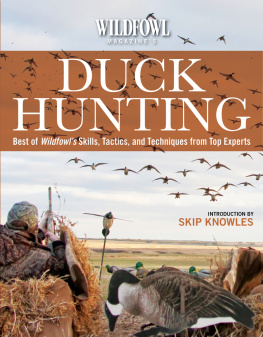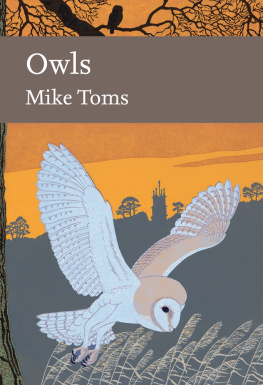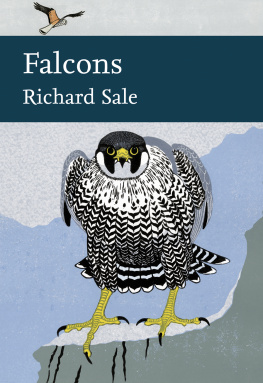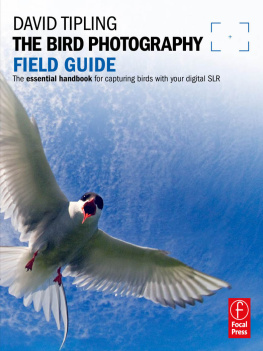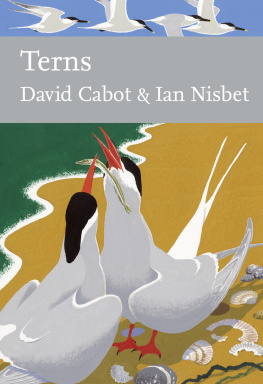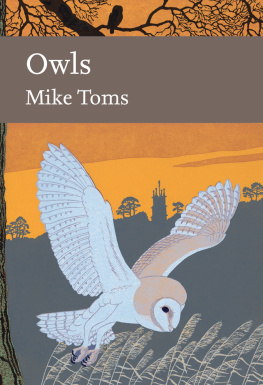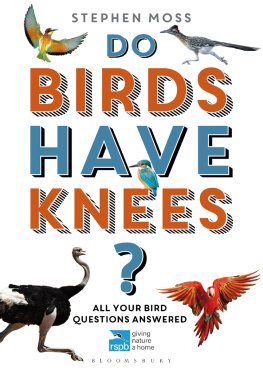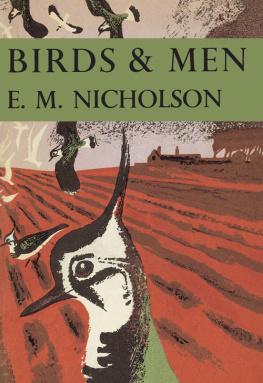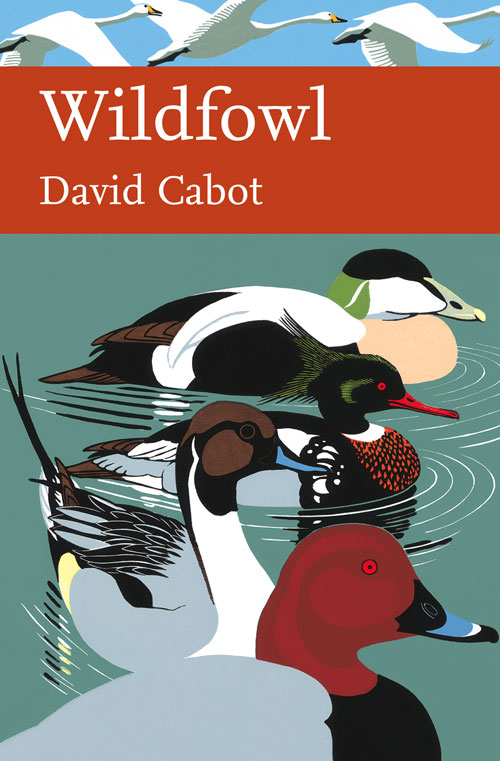
THE NEW NATURALIST LIBRARY
WILDFOWL
DAVID CABOT


CONTENTS
F EW GROUPS OF BIRDS fire the imagination more broadly than wildfowl. Ducks, geese and swans are the subject of fable, serious poetry and nursery rhyme, music especially ballet and, above all, graphic art. Even those who profess little or no interest in birds can readily separate ducks, geese and swans, and across a broad range of habitats, wildfowl are popular with and fascinating to birdwatchers, researchers and conservationists alike.
Over the ages, wildfowl (and their eggs) have featured prominently in our diet, in earlier times including birds shot in bulk by punt gunners and those trapped in the network of duck decoys across lowland areas. Today ducks and geese are largely bred for the table and reared by specialist farmers. Wildfowl are also the subject of sometimes heated debate, not just between protectionists and those who see wildfowling as a legitimate sporting interest, but also over the apparent ease with which they escape from collections or are released by wildfowling interests to boost quarry availability.
Wildfowl are as spectacularly colourful as they are fascinating: some are daily familiars, while others, equally visually attractive, command attention and respect for the prodigious journeys they undertake to reach our shores. The Bewicks swans annual journey from Arctic Russia in autumn has become a matter of sufficient public interest to feature regularly in the daily papers. Overall wildfowl behaviour, biology and ecology are so varied that their account makes a compelling read.
The author, ornithologist David Cabot, has had a passion for wildfowl since childhood. He has condensed a lifetime of dedicated enthusiasm, involvement and knowledge into this comprehensive and fascinating overview of the natural history of British and Irish wildfowl.
O RNITHOLOGY, AND ESPECIALLY THE STUDY OF WILDFOWL, has always been one of my great passions. For me, wildfowl are the most fascinating of all birds. More than five million of them that breed throughout the Arctic, from Canada to Siberia, and across northern Europe, visit Britain and Ireland each winter to join the half-million resident breeding swans, geese and ducks plus their progeny. Not only are wildfowl icons of our diminishing wilderness areas marshlands, fens, coastal wetlands, lakes, river systems and offshore islands but also their seasonal migrations evoke mystery and awe. A skein of white-fronted geese, high in the sky, accompanied by their wild, cackling calls; long wavering strings of barnacle geese flying over the sea towards a welcoming landfall, barking like a pack of terriers; a flock of wigeon, whistling and growling, wheeling over marshland; the rapid swerving and twisting flight of a pack of teal; or the October arrival of whooper swans, low across the sea, fresh from Iceland, and their excited displays as they touch down on the water and greet those that have already arrived these are sights and sounds that raise the hairs on the back of my neck, and I am sure on many other necks.
Wildfowl also lay claim to a special grip on our psyche. Their romantic and aesthetic qualities have long been a source of inspiration to artists, from the earliest days of rock carvings some 20,000 years ago, to photographers, poets, painters and writers. Of all birds, wildfowl occupy an unrivalled position in our mythological fables and tales, a reflection of their large size, strength, power of flight, plumage, calls, and their often mysterious and surprising migrations. From a more practical viewpoint, they have provided us with important sources of food from the earliest times. Rather than waste our precious time and energy hunting them, we have domesticated many from the Egyptian goose of the time of the Old Kingdom in Egypt (around 2300 BC) to more recent Roman times when the swan goose and the greylag goose, the mallard and the muscovy duck, were selectively bred to provide many of the races we know today. Not only were these birds useful for their flesh and eggs, but they were also sources of fat for ointments and burning in lamps, feathers for arrows and quill pens, and down for pillows, quilts and padded clothing.
While wildfowling is one of the most exacting and challenging field sports, increasing numbers of people have sublimated these activities to watching and photographing wildfowl in their natural habitats or visiting wildfowl collections, of which there are many fine examples throughout Britain though, alas, fewer in Ireland. At these collections wildfowl can be observed and savoured at close quarters, at all stages of their life cycles. One ironic aspect of these collections is that while the conservation of rare and endangered wildfowl is often a prime objective, many collections have been a source of escapes of non-indigenous species such as the mandarin, ruddy and wood ducks, as well as Egyptian, Canada and barnacle geese. These escapees pose serious issues of genetic contamination through interbreeding with wild populations of the same or, worse still, closely related species. Some of our feral wildfowl populations, often introduced with good intentions, have become agricultural pests or threats to air safety, while others pose threats to the native species either through habitat competition or genetic contamination.
Wildfowl have been studied more intensely than any other group of birds. The quantity of published books and scientific papers is so vast that one may ask why another book on them? In reply I will say what this book is not. It is not a wildfowl identification guide. In Chapter 3, which forms about half the book, while dealing with species accounts I have tried to avoid, as far as possible, traditional descriptions of plumage, moult, voice, field characteristics, habitats, displays and breeding behaviour. All these aspects are extremely well catered for in other major texts such as Birds of the Western Palearctic (Cramp & Simmons, 1977) and the recently published monograph Ducks, Geese and Swans (Kear, 2005). Nor is this book a strictly traditional approach to wildfowl, structured on a species by-species account. This work does, however, attempt to focus on some of the aspects of wildfowl ecology that appeal to me: their evolution and history; our long relationship with wildfowl; the fluctuations in numbers and changing distributions; breeding biology, productivity, mortality and survival, and finally migrations of the 56 species that are either native or occur as vagrants or in self-sustaining feral populations in these islands. Their social behaviour, feeding ecology, relationships with man, and population dynamics are examined in separate chapters. I have presented three case studies on the population dynamics of the mute swan, barnacle goose and mallard. Finally the conservation of wildfowl is considered.
My passion for wildfowl started 54 years ago when I cut my teeth as a wildfowl counter for the National Wildfowl Counts organised by the Wildfowl Trust, working the upper parts of the River Dart in south Devon. At the same time I sharpened my skills on Dawlish Warren at the mouth of the Exe Estuary, where I spent some time living alone in a house, amongst the birds, that was eventually gobbled up by the encroaching sea, studying the ducks, geese and waders. I expended much time and energy there trapping and ringing waders and a few duck. Later, in 1961, as a student at Trinity College, Dublin, I stumbled into a lifelong passion for the Greenland population of barnacle geese that winter in western Ireland and Scotland. While looking for an unstudied area to observe spring migration along the west coast of Ireland the late Major R. F. Ruttledge, doyen of Irish ornithology, suggested that I should go to the Inishkea Islands, off the coast of County Mayo. There I found some 2,500 barnacle geese wintering on the islands, and I immediately became intrigued by them. That addiction led me to northeast Greenland for three summers first in 1984 with a Brathay Expedition, then on my own expeditions in 1985 and 1987 where we tried to unravel barnacle goose breeding biology while also catching and ringing large numbers of moulting geese. Long before that I had my first low-Arctic tundra experience when in 1962 I joined, as film cameraman, the Cambridge Whooper Swan Expedition to Iceland, where we caught moulting whooper swans, ringing large numbers for the first time.
Next page

